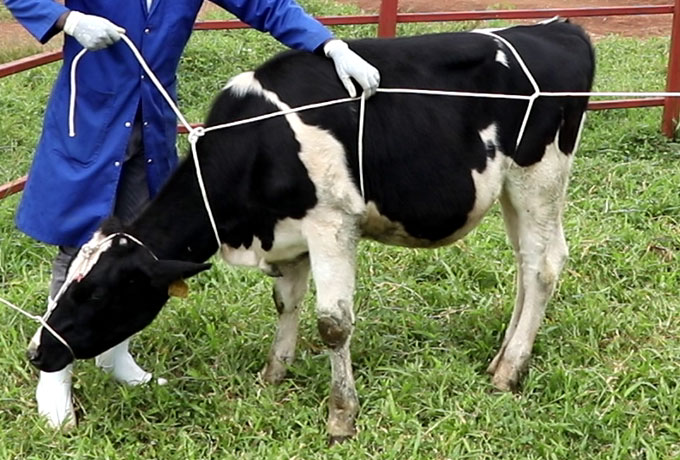Overview
This e-lesson is part of Animal Health Level 3, Learning Unit 2: Restraining Livestock Animals for Veterinary Intervention, Learning Outcome 2.3: Use Restraining Techniques.
Did you know that there are ways to avoid stress, injury, and trauma for both animal and veterinary technician during animal treatment?

Introduction
Proper animal handling and restraint techniques can minimize the risk of distress or injury for both animal and veterinary technician during examination and treatment.
Determining the most appropriate restraint for use will depend on a variety of factors, including the species of animal you are working with, their health status, behaviour, and availability of tools and equipment.
Inappropriate handling or incorrect use of techniques can be dangerous and possibly fatal for both animals and humans.
In this e-lesson, you will learn about different restraint techniques and how to effectively apply them for various animal species. Welcome!
Learning Objectives
By the end of this e-lesson, you will be able to:
- Define restraint in accordance with veterinary intervention
- Distinguish different types of restraint techniques for various animal species in accordance with veterinary intervention
- Effectively perform restraint techniques for various animal species in accordance with veterinary intervention
